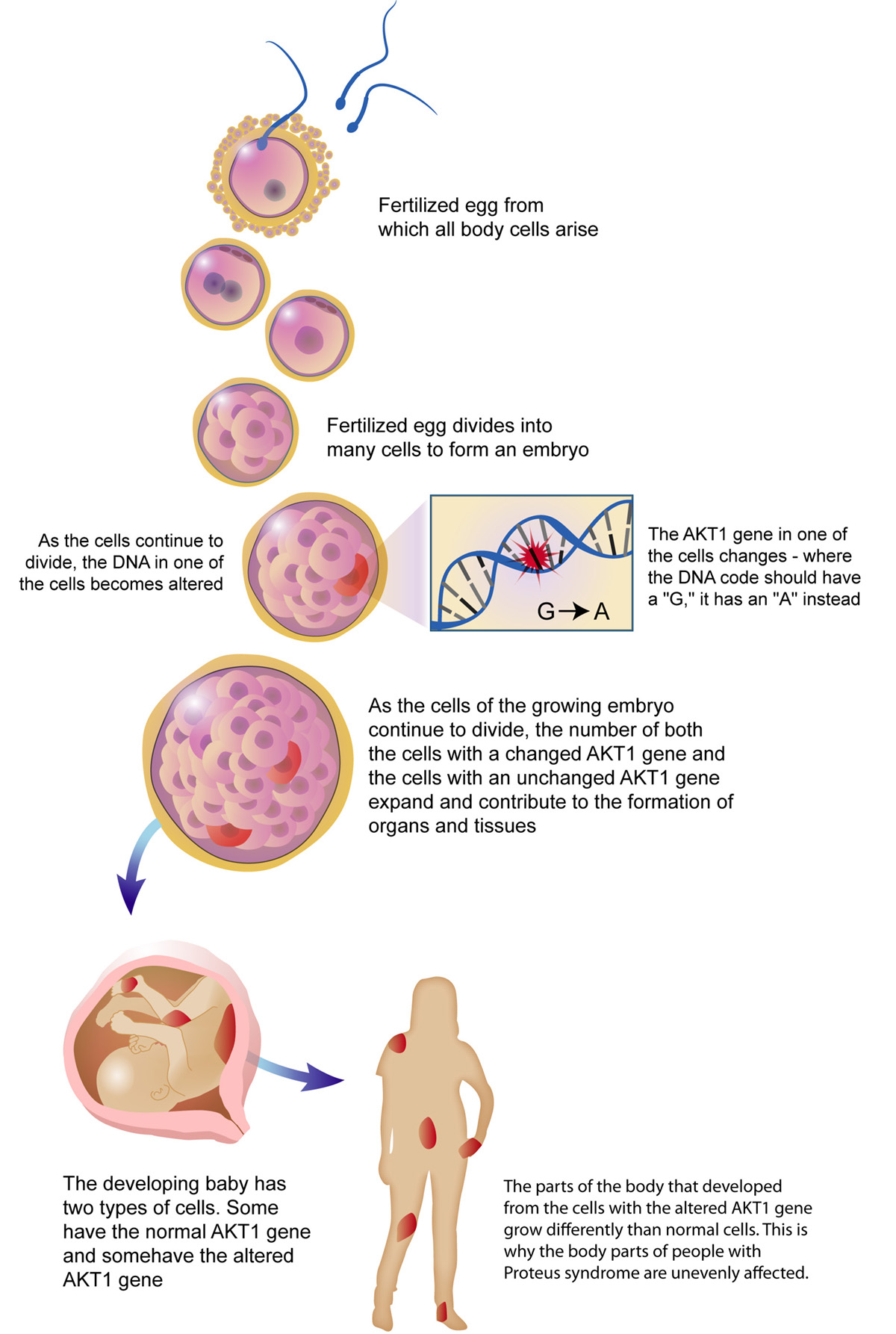
Down Syndrome Condition
Down syndrome is a genetic condition in which additional genetic material is passed on. Individuals affected by Down syndrome either have extra genes from the chromosome 21 or inherit one whole additional chromosome 21. Down syndrome causes mental and physical developmental delays and it is present right at birth. Also, it is the most prevalent genetic condition that is evident right upon birth, affecting approximately 1 out of every 800 infants. Down syndrome can be easily detected before a child is born through genetic counseling and screening. Down syndrome is an autosomal recessive disease requiring both the mother and the father to be carriers. As carriers are seldom aware they have defective genes it is recommended that couples who are contemplating having children be tested for as many genetic diseases as possible. The results of such testing provide valuable information and give couples the opportunity to decide whether they want to carry the pregnancy to term. In addition, it is immensely challenging to predict the extent of physical and mental developmental problems once a child is diagnosed with Down syndrome. In some instances affected persons require long term medical care while others live relatively healthy and independent lives. In addition, some of the most common physical features of the condition include flat facial profiles, abnormally developed ears, short limbs, and almond shaped eyes. Also, low muscle tone is one of the main characteristics of Down syndrome persons. In most cases it does improve with age, but the motor skills develop slower and certain milestones are achieved later, such as sitting or walking. Although at birth Down syndrome infants are of an average size they grow at a slower pace and remain smaller than non Down syndrome individuals. Aside from affecting physical development, the condition also interferes with cognitive abilities. At a young age they, on average, have mild to moderate impairments, but are capable of learning new and improving the existing skills throughout their lives. Regardless of the extent of impairment it is important that a child with Down syndrome, like any other individual, is offered the opportunity to realize full potential, no matter how limited the potential may be. They should not be compared with typically developing siblings or peers as they will reach developmental milestones at a later time. In addition, Down syndrome is accompanied by chronic medical problems as well. For instance, lung anomalies and congenital heart disease are often present. Hearing and vision impairment are observed in over 50 percent of individuals. Both conditions get worse with time if left untreated so it is significant for them to be under medical care. Hearing problems need to be treated as soon as they arise for they will further delay language development. Down syndrome children are often prone to seizures but with proper medications these can be controlled. Intestine and weight problems can be present, as well as thyroid and respiratory anomalies.
Causes of Down Syndrome
When an embryo is going through healthy development 23 chromosomes are inherited from one parent and 23 from the other, making for the total of 46. In Down syndrome very often a child inherits a whole extra chromosome 21, and such additional genetic material is responsible for the problems in development. Although it is not clear why the extra genetic material is passed on nor is it understood why it interferes with the development, there are some risk factors which are known to increase the possibility of Down syndrome. For instance, having a child at the age of 35 or over for women puts the baby at substantial risk.
Is there any Cure?
Presently there is no cure for Down syndrome. Through genetic counseling it can be identified in its early stages leaving the parents either to decide to terminate the pregnancy or to prepare for raising a child with special needs. At the same time, researchers suggest there is a possibility that a cure could be found as they are hopeful that the link between Down syndrome and retardation could be broken. Advances such as stem cell research, genome mapping, and genetic engineering are the tools with which scientists are trying to figure out how the extra genetic material is connected to mental retardation.
Research for Down Syndrome Cure
It is a great challenge to try and prevent mental retardation, but there are numerous research center and institutions striving to achieve such a goal. The cure for Down syndrome is unlikely to be developed in the near future, but the individuals who are working on it are hopeful that someday they will be able to offer more concrete help and treat the condition. The federal funding for Down syndrome research is around $10 million a year, but as there are overlaps between Down syndrome and Alzheimer’s disease some of the funding for the latter is transferred to Down syndrome research. Most research is performed on mice but since 2002 human research has begun as well.

















Your thoughts on this
Loading...